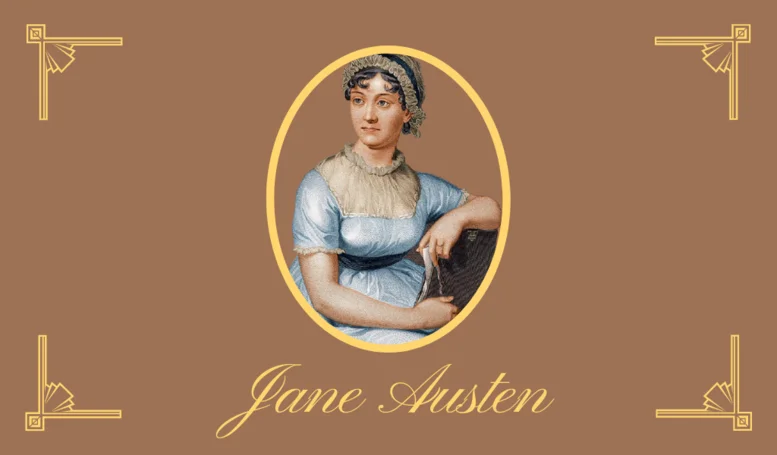Margaret Atwood is widely regarded as one of the most important voices in contemporary literature, particularly for her contributions to speculative and dystopian fiction. Works like The Handmaid’s Tale and Oryx and Crake have entered global conversations about gender, politics, and technology. Yet Atwood’s vision did not emerge in isolation. Her Canadian identity—shaped by geography, history, and cultural tensions—played a significant role in the construction of her fictional worlds.
The influence of Canadian geography
Atwood’s sense of place is deeply tied to the vast and often unforgiving landscapes of Canada. Growing up in Ottawa and spending much of her childhood in the wilderness of northern Quebec with her father, an entomologist, she was immersed in the raw realities of nature. This early exposure to wilderness cultivated a worldview where survival and adaptation were central themes. In her dystopian novels, harsh environments often play as crucial a role as human institutions. The frozen landscapes in The Handmaid’s Tale or the fragile ecosystems in the MaddAddam trilogy echo Canada’s own extremes of climate and terrain, where survival is never guaranteed.
Survival as a national theme
Canadian literature has often been described as literature of survival. Atwood herself explored this theme in her critical work Survival: A Thematic Guide to Canadian Literature, where she argued that the Canadian psyche is shaped by the precariousness of existence in a vast, often hostile environment. This sensibility is evident in her dystopias, where characters are not heroic conquerors but survivors navigating oppressive systems or ecological collapse. Unlike American dystopias, which often emphasize rebellion and revolution, Atwood’s Canadian perspective leans toward endurance, adaptation, and persistence against overwhelming odds.
The shadow of American power
Living in Canada inevitably means living in the shadow of the United States, a reality that has deeply influenced Atwood’s dystopian imagination. The Handmaid’s Tale depicts the rise of Gilead, a theocratic regime that takes hold in what was once the U.S., casting Canada as a refuge for those fleeing oppression. This reflects historical moments when Canada served as safe haven—such as during the Underground Railroad or for draft dodgers during the Vietnam War. Atwood’s portrayal highlights both Canada’s position as an observer of American turmoil and its vulnerability to the cultural and political dominance of its southern neighbor.
Canadian multiculturalism and identity
Canada’s complex identity as a multicultural nation also informs Atwood’s work. Her dystopias often explore themes of cultural conflict, identity, and displacement. In the MaddAddam trilogy, the blending of global cultures in a corporate-dominated world reflects Canada’s own negotiation of diversity and national identity. Atwood’s nuanced treatment of outsiders and marginalized voices resonates with Canada’s self-image as a mosaic rather than a melting pot. This perspective gives her dystopias a layered approach to identity, where survival is intertwined with questions of belonging and cultural memory.
Ecological consciousness
Canada’s environment, rich in forests, lakes, and wildlife, has long been central to national identity. Atwood’s awareness of ecological fragility, nurtured by her upbringing and Canadian cultural values, is evident in her dystopian fiction. The ecological disasters in Oryx and Crake and The Year of the Flood reflect anxieties about humanity’s impact on nature, a theme particularly resonant in a country where resource extraction, conservation, and indigenous rights remain contested issues. Atwood’s Canadian identity, rooted in respect for nature’s power and precarious balance, amplifies the environmental dimensions of her dystopias.
Canadian history of repression and refuge
Although often viewed as more progressive than the United States, Canada has its own history of repression, from indigenous displacement to gender inequality. Atwood draws on this history to question Canada’s reputation as a safe haven. In The Handmaid’s Tale, Canada serves as a place of asylum, but Atwood complicates the narrative by suggesting that no society is immune to oppression. Her Canadian perspective gives her dystopias a duality: they are critiques of American extremism but also warnings that Canadian values are fragile and contingent.
The tension between isolation and community
Canadian identity has long grappled with the tension between isolation in vast geographies and the need for community. Atwood’s dystopian characters frequently inhabit isolated or fragmented worlds where community must be rebuilt under strain. The small, makeshift societies in The Year of the Flood echo Canadian frontier traditions, where survival depended on cooperation as much as individual resilience. This interplay of solitude and community is distinctly Canadian, reflecting a culture that values both independence and collective responsibility.
Literary traditions of irony and ambiguity
Canadian literature often emphasizes irony, ambiguity, and skepticism toward grand narratives. Atwood’s dystopias embody these qualities. She avoids simple binaries of good versus evil, instead portraying morally complex characters navigating morally compromised systems. This ironic sensibility, rooted in Canadian literary tradition, allows her to create dystopias that feel eerily plausible because they resist oversimplification. The blurred lines between victim and oppressor, survivor and collaborator, reflect the ambiguous moral terrain that Canadian literature often explores.
Global relevance through a Canadian lens
While Atwood’s identity as a Canadian shapes her themes and sensibilities, her dystopian works resonate globally precisely because they emerge from this perspective. Her attention to survival, ecological fragility, cultural diversity, and proximity to power makes her stories deeply relevant to a world grappling with climate change, authoritarianism, and inequality. By writing from Canada—a nation defined by negotiation between wilderness and civilization, neighbor and self, tradition and progress—Atwood has crafted dystopian worlds that are both locally grounded and universally significant.
A Canadian voice in global dystopia
Margaret Atwood’s dystopian fiction is not merely the product of a singular imagination but of a cultural and national identity shaped by Canada’s landscapes, history, and literary traditions. Her vision of survival against overwhelming odds, her skepticism toward power, and her ecological awareness are all infused with Canadian sensibilities. By situating her dystopian worlds within this framework, Atwood demonstrates how national identity can profoundly shape global storytelling. Her Canadian lens gives her dystopias their distinctive tone, making them not just cautionary tales but reflections of a culture uniquely attuned to survival, ambiguity, and resilience.


